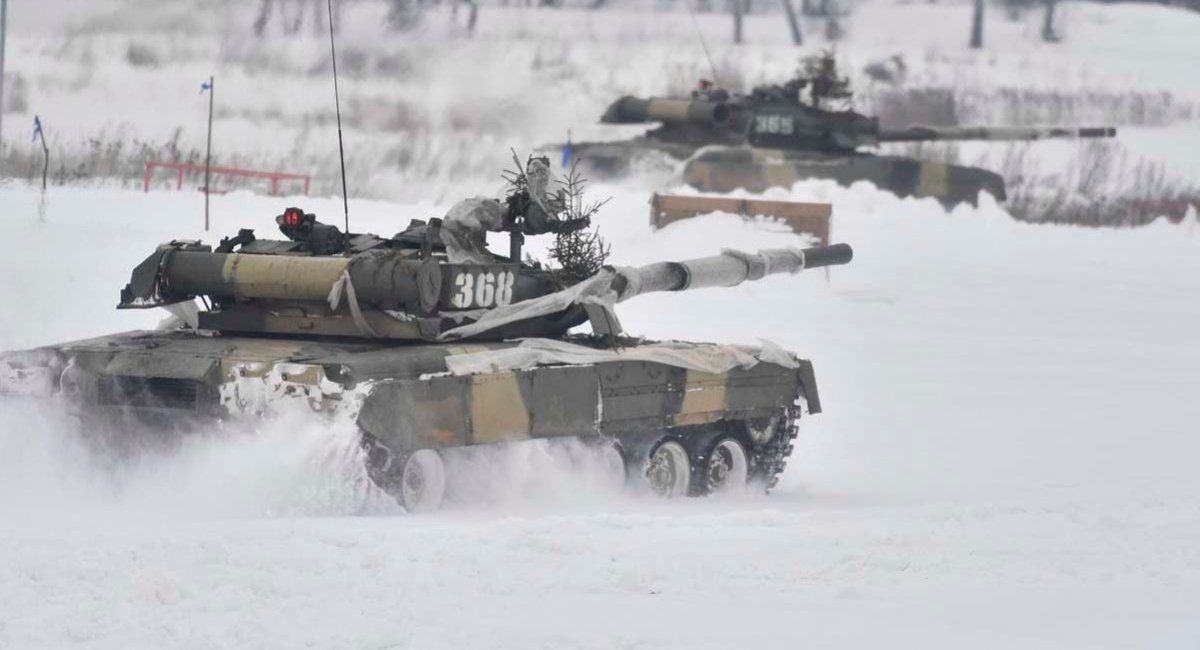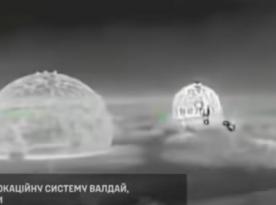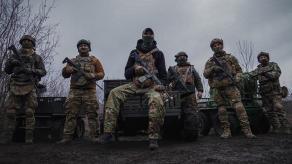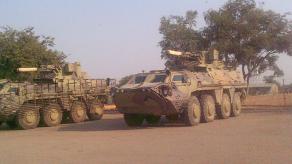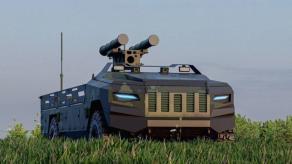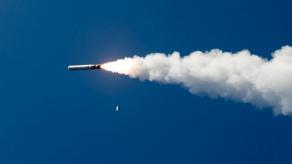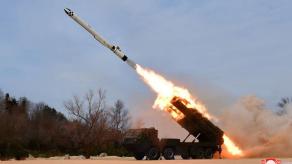The land component of the russian armed forces actively fighting against Ukraine amounts to 462 thousands of people, the insight coming from Maj Gen Vadym Skibitskyi, Deputy Chief of the Defense Intelligence of Ukraine, as stated during a podcast hosted by journalists from Ukrainska Pravda and Media Center Ukraine.
"To that number, we should also add another 35,000 of Rosgvardia [personnel] who sustain the occupation regime in the rear," Skibitskyi noted. "We can as well add the Black Sea Fleet of russia, aviation, and other supply units."
Read more: Satellite Imagery Validates Damage to russian Airbase in Temporarily Occupied Crimea
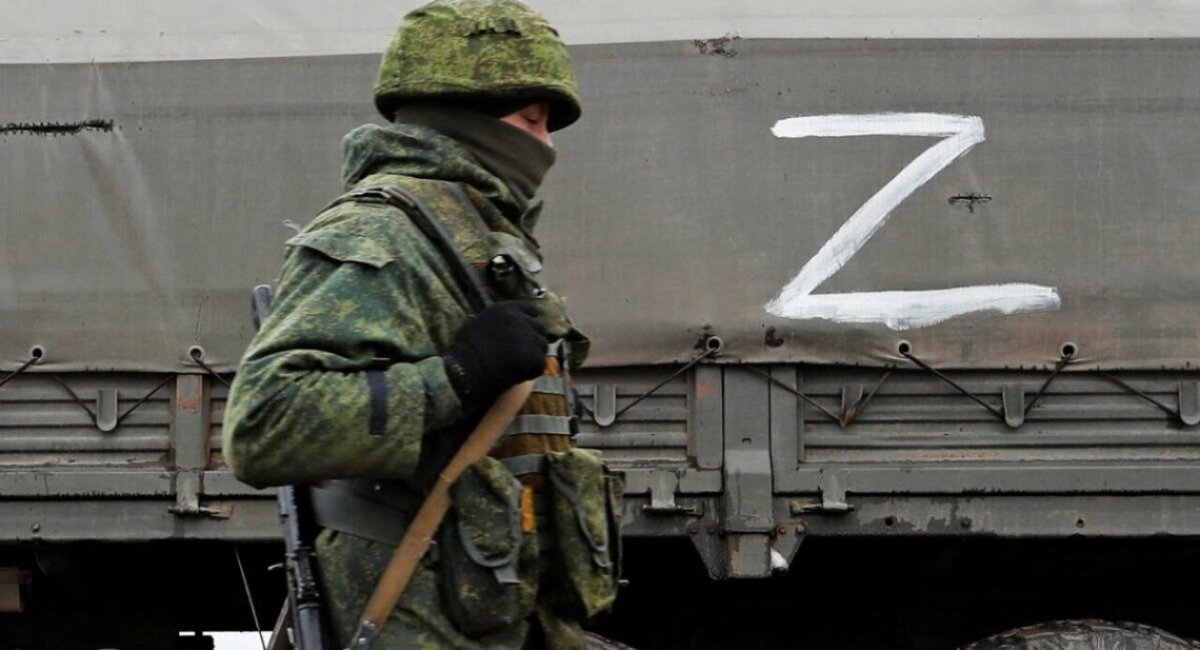
Defense Express here provides an illustrative analysis aimed to help grasp the magnitude of russian force in layman's terms. For that purpose, we shall break the number down into units — regiments and divisions — with corresponding equipment; for the unit of measurement, a mechanized division is taken, although keep in mind that in reality, russian forces have other types of forces, like a tank, artillery, air assault, and other regiments. This is just the most common one.
A typical "motor rifle" division of mechanized infantry of the russian army comprises 12,000 personnel and one tank regiment, two motor rifle regiments, one artillery and one air defense regiments, plus seven battalions: anti-tank, reconnaissance, engineer-sapper, communication, EW, materiel support and medical ones.
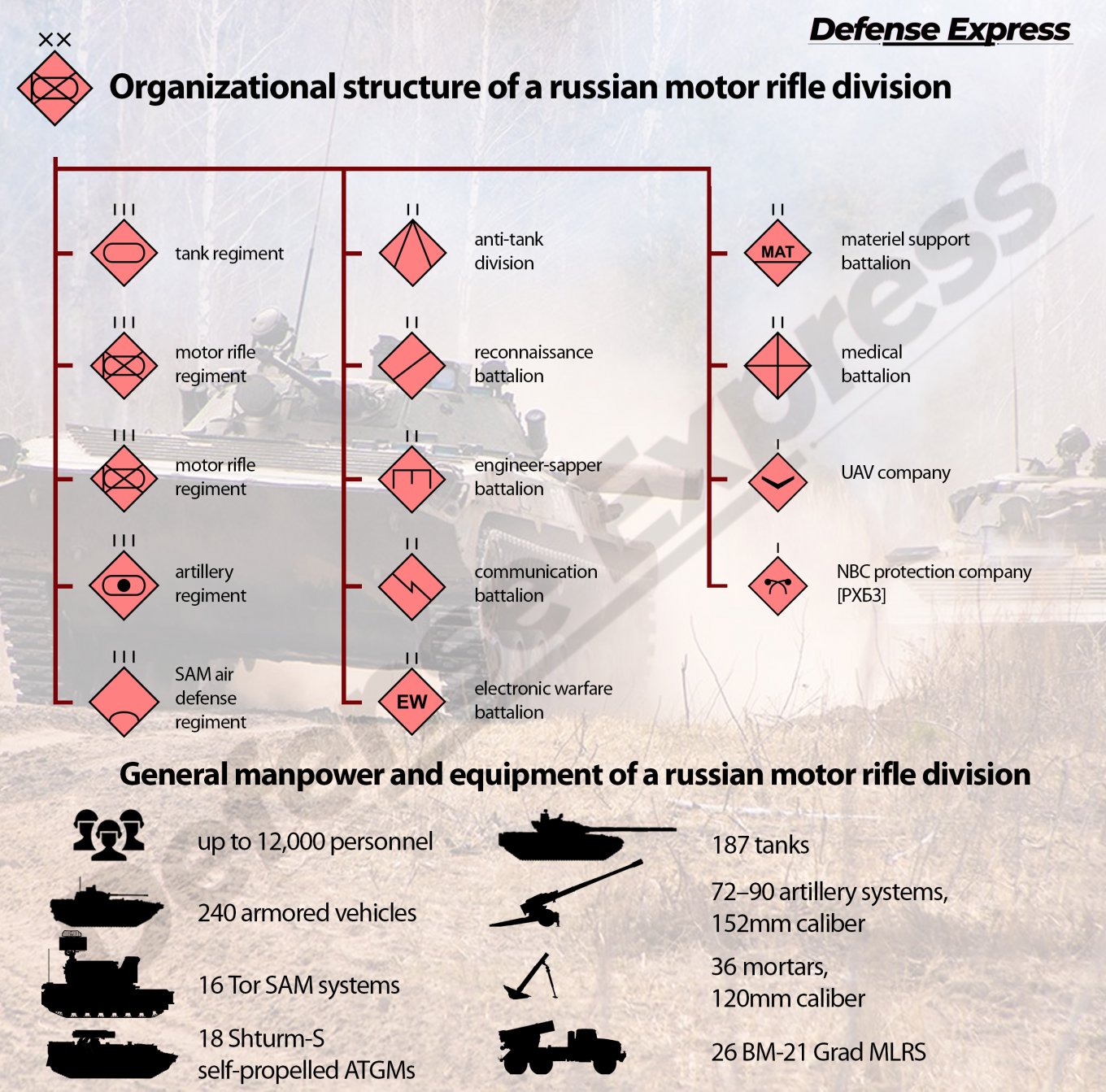
Being a 462,000-manpower force, the russian invasion contingent equals to almost 38.5 fully staffed divisions. According to the Defense Intelligence of Ukraine, the russians are successful at keeping their units sufficiently staffed:
"The enemy manages to maintain the deployed groups at 92–95% level. There were occasions when the staffing levels dropped to 89–90% but due to the everyday mobilization efforts, russia manages to maintain such a level. Basically, those are fully staffed units that allow them to make rotations, and pull the units, which have lost combat capability with casualties reaching 50%, to the rear areas, replenish them and put back to the front," Vadym Skibitskyi said.
Defense Intelligence's assessment is that mobilization won't accelerate at least until Putin's presidential elections in March 2024 because the ongoing activities are enough for the russian army to rotate forces and make up reserve units that could be sent to Ukraine if needed.
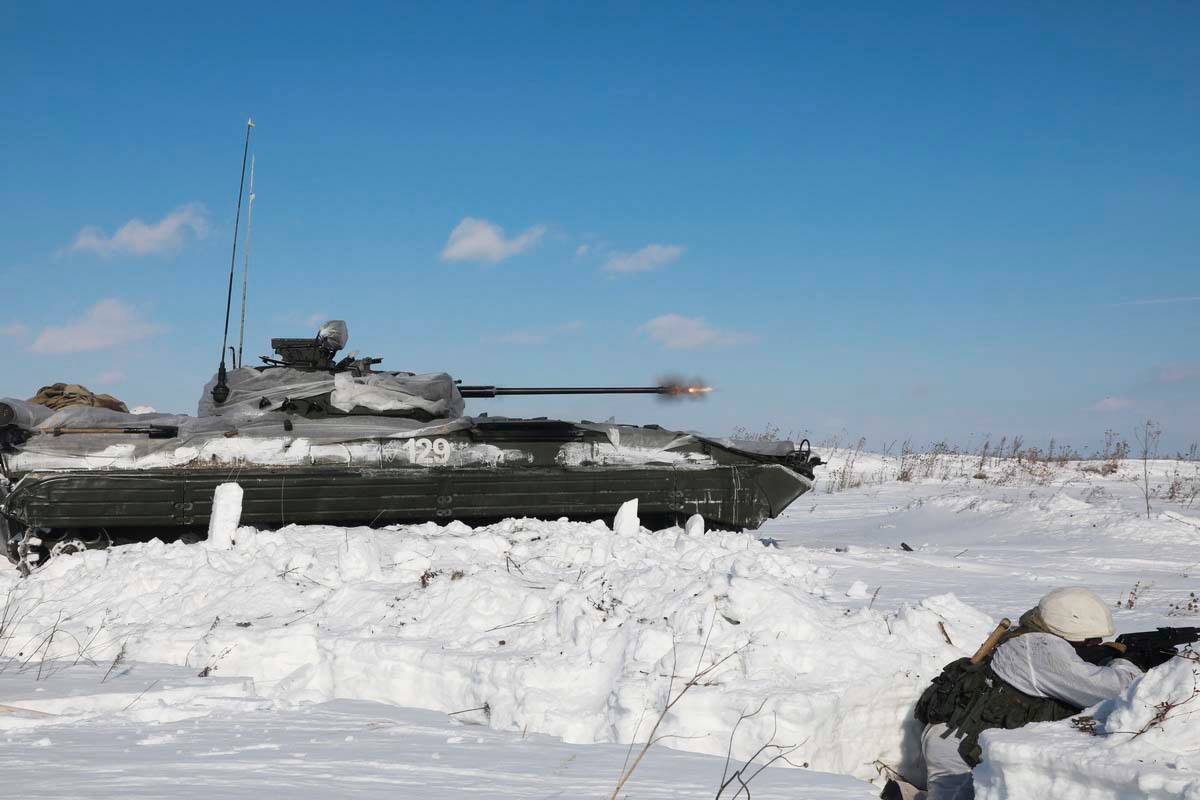
On the other hand, apart from manpower, an army needs equipment, and providing that for 38.5 divisions would require, approximately
- 7,200 tanks;
- 9,200 armored fighting vehicles;
- 3,700 to 4,500 large-caliber and rocket artillery systems.
Once again, those are just for a typical fully equipped motor rifle division. However, until 2021, russian divisions were heterogeneous in composition, number of units included, etc. Many remain the same way today.
Still, the provided numbers showcase what a difficult task is to supply such a massive invasion force with a sufficient amount of equipment. Moreover, the organizational chaos in the units demonstrates just how deep the materiel problems run within the russian military, despite the abundance of manpower, because these problems stem primarily from the uneven distribution of assets among the units, forcing the officers to conform to the allocations.
Read more: New Regiment a Day: Kremlin Increases the russian Army But Uses Strange Arithmetics




